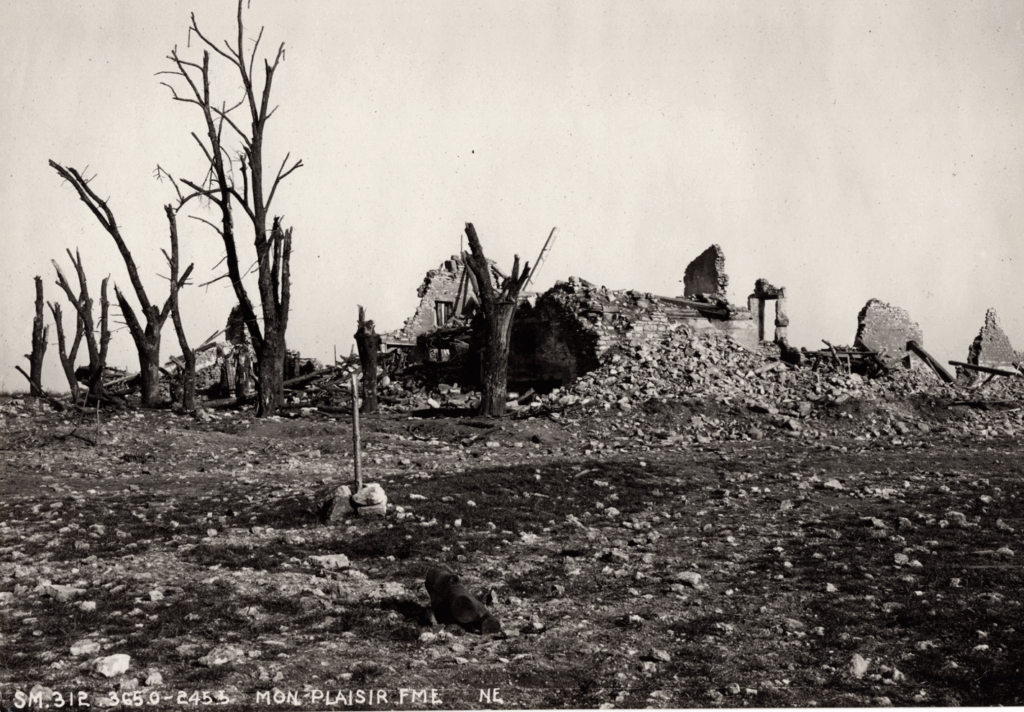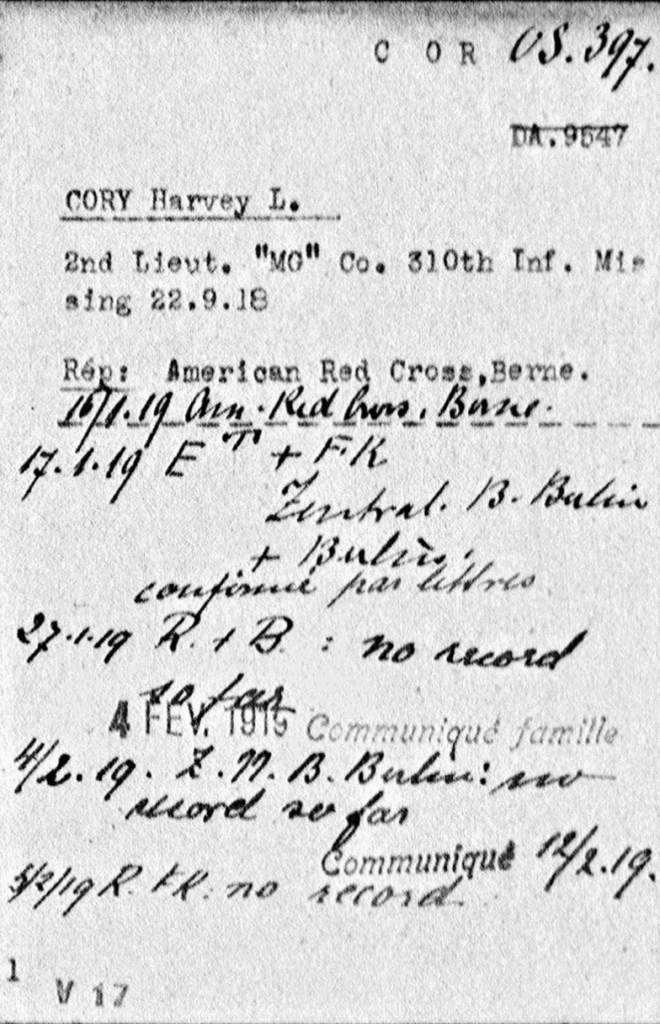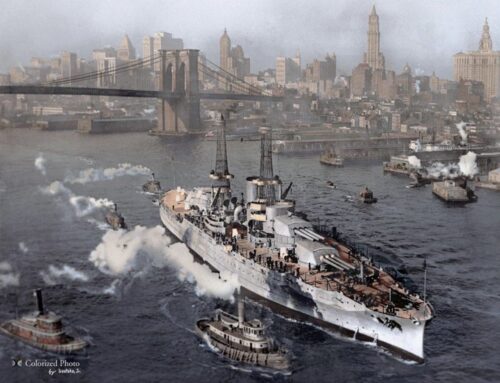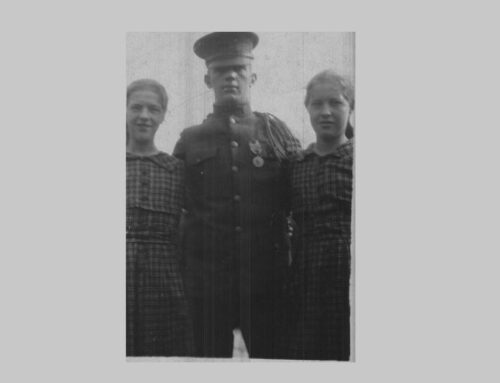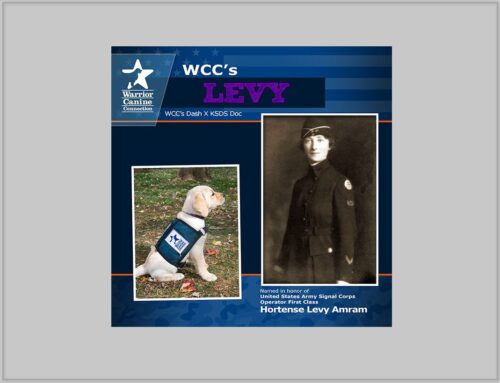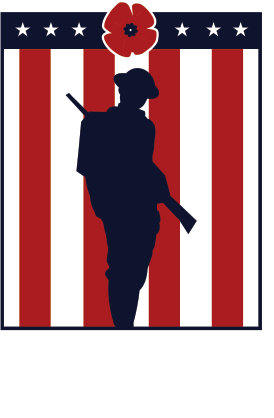Doughboy MIA for May 2025: Lieutenant Harvey Lawrence Cory
Published: 26 May 2025
By Alexander Curran
Researcher
Doughboy MIA
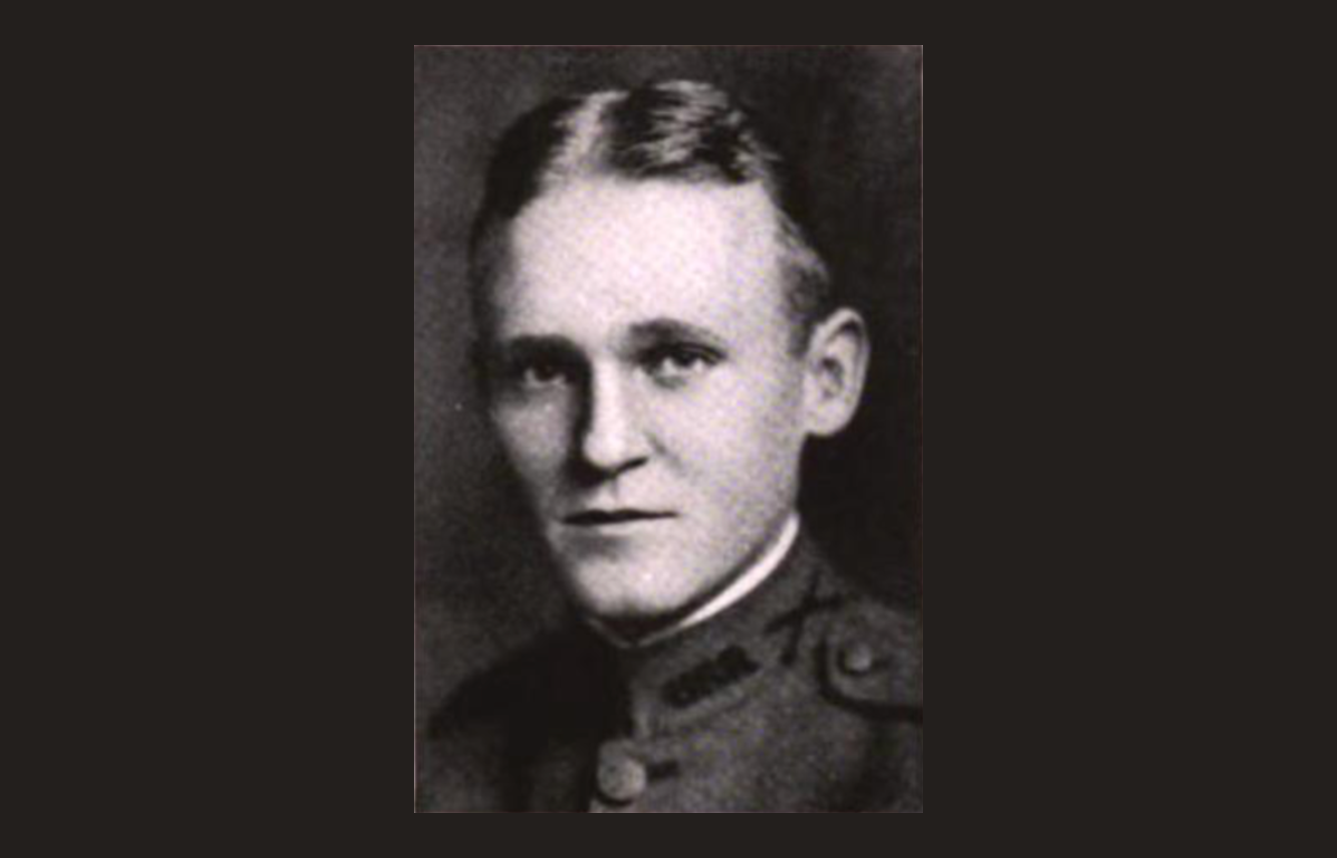
Harvey Lawrence Cory 1 framed
Harvey Lawrence Cory
Harvey Lawrence Cory was born on October 16, 1896, in Rochester, New York. During his youth, he attended preparatory school in Ridgewood, New Jersey. He later enrolled at Princeton University, where he was a member of the Class of 1917. In April of that year, he attended Officer’s Training School in Plattsburg, New York, where he was commissioned as a Second Lieutenant. He was sent to Camp Dix, New Jersey, and assigned to the Machine Gun Company of the 310th Infantry, 78th Division. On May 19, 1918, he sailed for Southampton, England, aboard the SS Beltana. After five days in Southampton, the regiment continued to France, arriving in Calais on June 9, 1918. The regiment then spent two and a half months training with the British Army.
On September 12, the regiment arrived in Bois de Granay, where they were held in reserve for the St. Mihiel Offensive. On the night of September 15, they began to relieve the battered 6th Marines on the Northern edge of Bois de la Montagne, South of Charey.
Preparations began on the afternoon of September 21 for a raid on Mon Plaisir Farm. At 1:00 a.m. the following day, the 3rd Battalion was to conduct the raid under the cover of a box barrage. The objective was to establish a line 100 meters north of the farm, allowing engineers to destroy German dugouts and fighting positions.
The engineers failed to materialize in time for the raid, yet the 310th Infantry was ordered to proceed without them. At 1:00 a.m., the men of the 3rd battalion crossed no man’s land and made their way through 20-foot belts of barbed wire under heavy German machine gun and rifle fire. Upon entering the German lines, brutal hand-to-hand combat took place, inflicting serious casualties on both sides. At 1:40 a.m., the signal flare to return to friendly lines was fired. The withdrawal had been a disaster. German machine gun nests, which had remained concealed on the flanks, opened fire on the men with a storm of bullets as they returned to their lines. Some men became disoriented and found themselves tangled in the enemy wire, eventually being cut down by German fire. By sunrise, 16 men had been killed, 72 wounded, and 29 missing, including Lieutenant Cory and nine men under his command.
On the night of September 23, patrols were sent into no man’s land in search of the missing men, but no trace of them was found. Rumors of Lieutenant Cory’s disappearance began to circulate among the company. Some claimed he was killed, and his body was left on the battlefield. Others said he was captured and died in a German hospital. One man claimed he was killed during the raid and buried by the 310th Infantry Chaplain the following day in Thiaucourt. What exactly happened was unclear. It wasn’t until nine men of the 310th Machine Gun Company were released from Rastatt prison camp that the truth became known. The death and disappearance of Lieutenant Cory remain one of the more unsettling stories of the war.
On June 11, 1925, Private Arthur Hirons of the 310th Machine Gun Company gave the following statement to Graves Registration Service investigators:
“It was at the pillbox on September 22nd, 1918, that Lieutenant Cory and 9 of his men, one of them being myself, were taken after being surrounded and forced to surrender at a shell hole. We were lined up and searched. Lieutenant Cory was standing to my right. Without any warning, a German Soldier standing approximately fifteen feet away raised his rifle, firing one shot, striking Lieutenant Cory in the soft part of his left side just above his hip, lodging in his spine. After being shot, he was taken into the pillbox, followed by myself, who stayed with him until his death two hours later. Immediately after his death, I was taken to the rear lines and have no information or knowledge in regard to the burial place of Lieutenant Cory as I had to leave him in the pillbox. As far as I know, there were no Americans present at the time of burial, and for that reason, I can not give any further information. I sincerely trust that the above information may be of great service to you in the benefit of Lieutenant Cory’s family. Anything further that I may be able to do, please feel at liberty to call upon me at any time.”
Private Hirons marked the position of the pillbox on a map at the location where Lieutenant Cory was killed. GRS investigator S.W. Sechrest noted there were no “Unknowns” recovered from the immediate area, and those recovered in the vicinity would not agree with the information on file for Lieutenant Cory. This made investigators believe Lieutenant Cory was unrecovered, and a physical search at the site was requested, although there is no record of the search being completed. In 1927, the GRS contacted PVT Hirons with the following request:
“The body of an Unknown American Soldier was found in a small vineyard on the crest of a hill south of Charey near the body of PVT Stanislaw Tluchoski, Company K, 310th Infantry. It is requested that you advise if the following description of body and teeth agree with those of Lieutenant Cory: Body of a large, strong man, teeth badly decayed, three in the upper front were missing before death. The body was dressed in O.D. shirt and sweater. A pearl rosary, bunch of keys (one was a Ford Prestolite tank key) and a yale lock were found on the body. Your cooperation in this matter will be greatly appreciated.”
Private Hirons responded:
“The description of the body found does not compare with that of Lieutenant Cory. He was a man about 5 feet 6 inches tall and built in proportion. His teeth were in very good condition, and he had nothing in his pockets as he previously gave all personal effects to Corporal Reynolds to turn into Lieutenant Chandler in case he did not return from the raid on Mon Plasir Farm. Also, Lieutenant Cory would have no use for rosary beads. The dugout in which Lieutenant Cory died in was of the concrete type, below ground, with nothing showing above the ground. Entrance was gained by stepping down six stairs. The dugout was about 5 yards in width and 8 yards in length.”
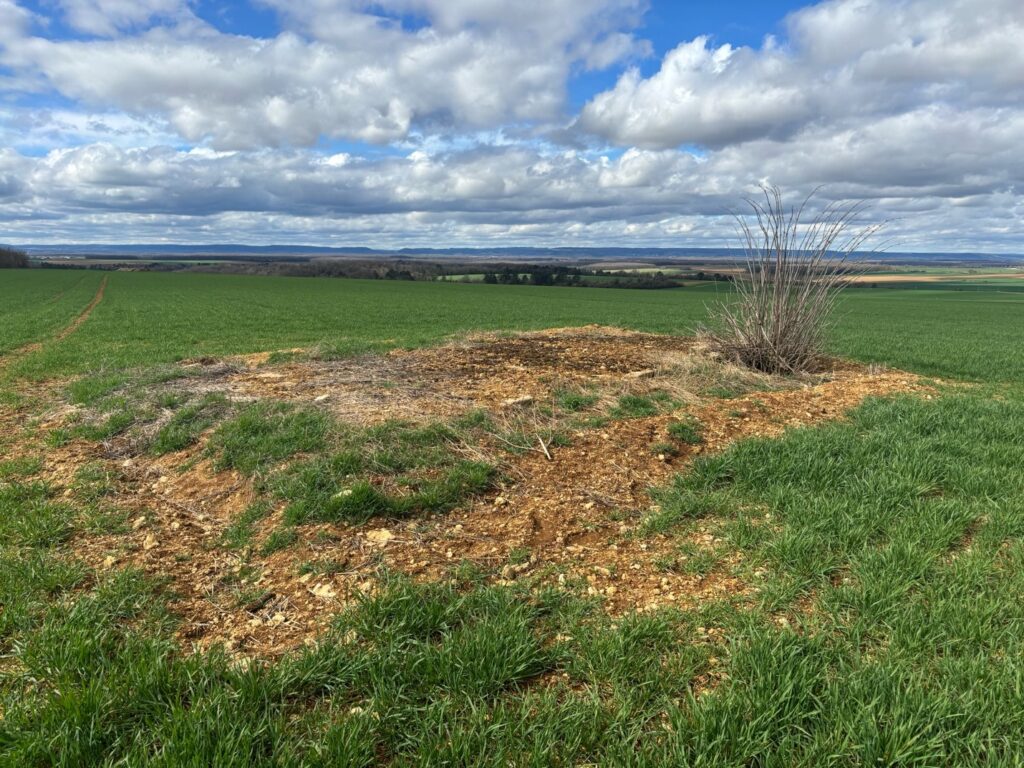
The German dugout where Lieutenant Cory was brought to die. The staircase has been filled in, but the dugout remains.
As part of an ongoing investigation into this case, the International Red Cross Prisoner of War records were viewed for any information on Lieutenant Cory. These records report the capture, death, or burial of American Soldiers. We find that the following men from the 310th Machine Gun Company, captured on September 22, 1918, were reported to the Red Cross: PVT Arthur Hirons, PVT William Weeks, PVT William Yanneck, CPL Arthur Scharouse, PVT William Leeker, PVT William Tierney, PVT Raymond Brunsett, PVT William Swandlund, and CPL Joseph Flys. There is no mention of the capture or death of Lieutenant Cory.
Furthermore, Lieutenant Cory is not included in the records of U.S. Prisoners of War 1917-1918, which was created by using additional German reports on the capture, death, or field burial of American Soldiers. It was common practice that the ID tags of men buried by the Germans were returned to U.S. authorities through the Red Cross, but Lieutenant Cory’s tags never appeared. German authorities had no information to relay about Lieutenant Cory. Red Cross inquiries ended with the following: No record.
Pvt. William Yanneck, one of the men captured on the raid, later stated:
“I believe that he (Lieutenant Cory) would have pulled through if they had given him an even break. I found during my confinement that an even break was not to be had from any German. They are rotten at heart and can’t be trusted.”
What happened to Lieutenant Cory is not just a tragedy, but an injustice. He was deliberately shot while unarmed, denied medical care, and left to slowly die in a concrete dugout. His death was left unreported to protect those responsible for his murder. He was denied the opportunity to return home and continue his life in peace. Simply stated, Lieutenant Cory was executed.
Men of the 310th Infantry gave praise to Lieutenant Cory, saying:
“We have missed ‘Pop’ Cory, missed his smile, his cheerfulness, and his ingenuousness. He proved a very daring officer; the regiment owes him a debt of gratitude it cannot repay, and his memory will be with us always.”
Lieutenant Cory was never recovered or identified. YMCA Camp Cory in Penn Yan, New York, is named in his honor. Lieutenant Cory is memorialized on the Tablets of the Missing at the St. Mihiel American Cemetery in Thiaucourt, France.
Would you like to be involved with solving the case of Lieutenant Harvey Lawrence Cory, and all the other Americans still in MIA status from World War I? You can! Click here to make a tax-deductible donation to our non-profit organization today, and help us bring them home! Help us do the best job possible and give today, with our thanks. Remember: A man is only missing if he is forgotten.
